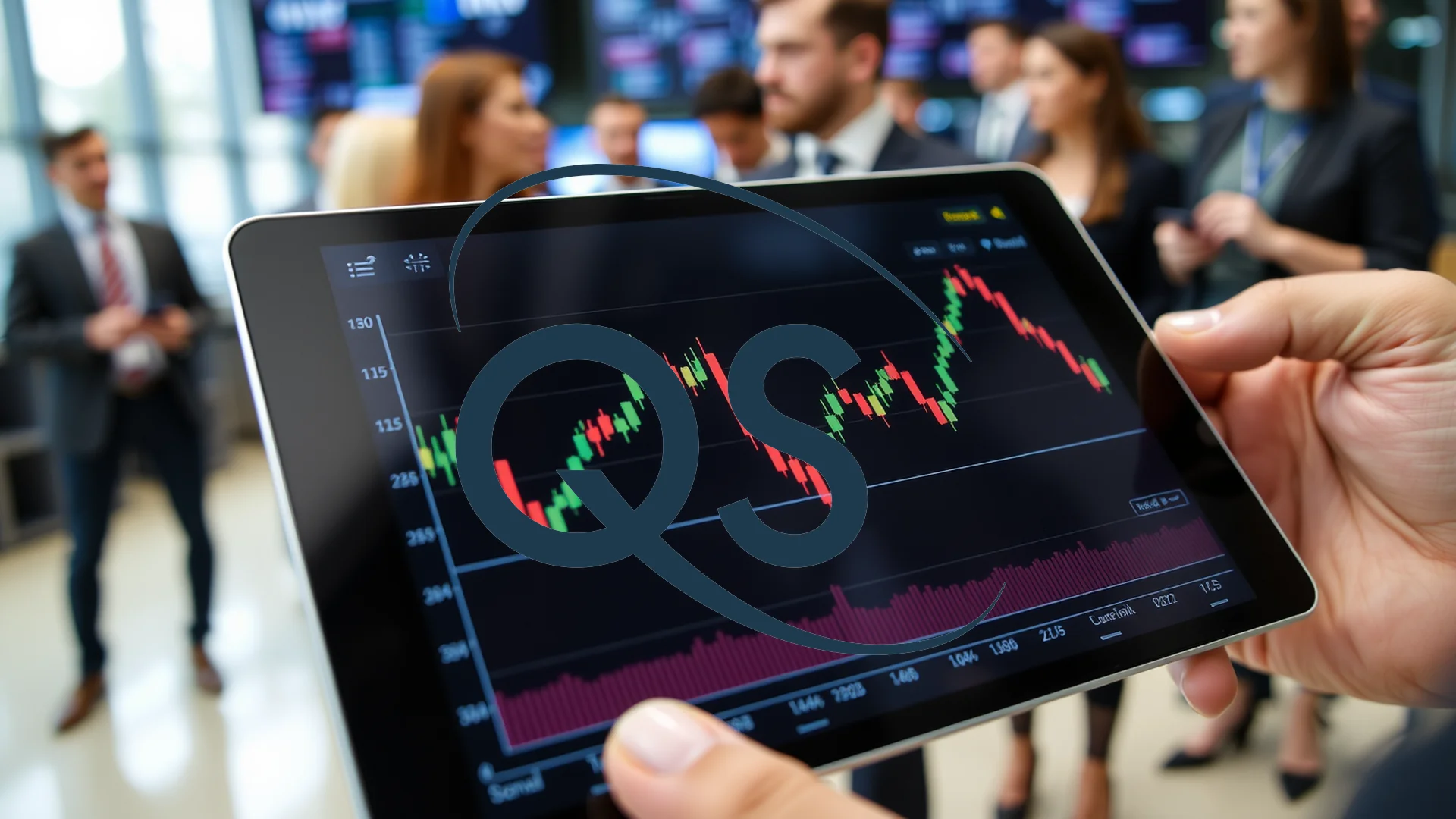ASML Holding NV, the Dutch company holding a monopoly on the most advanced semiconductor manufacturing equipment, sent conflicting signals to the market on Monday. Investor confusion arose as one investment bank issued a significant upgrade to its rating, while a separate analysis firm simultaneously cautioned about excessive valuation and mounting risks. Compounding the mixed picture, the company itself unveiled a new strategic product aimed at the Chinese market. This leaves market participants to decipher the contrasting perspectives and determine an appropriate investment stance.
Strategic Move Amidst Geopolitical Constraints
Even as analysts debated the stock’s merits, ASML took decisive action. On November 10, the company launched its new TWINSCAN XT:260 lithography system. This machine is specifically engineered for Advanced Packaging, a process for the 3D integration of chips that is becoming increasingly vital for artificial intelligence and high-performance computing applications.
The strategic advantage of this launch is clear: it allows ASML to reinforce its business in China without contravening export controls. While the delivery of its cutting-edge EUV systems to China is prohibited, the market for advanced packaging technology remains accessible and substantial. This move effectively opens a new growth avenue for ASML, navigating around existing geopolitical restrictions.
Should investors sell immediately? Or is it worth buying ASML?
The Analyst Divide: Bull vs. Bear
The conflicting signals originated from two distinct analyst actions on November 10. On the bullish side, Rothschild Redb elevated its rating for ASML from “Hold” to “Strong Buy.” This optimistic endorsement propelled the share price to a high of $1,042.79, a gain of 2.1 percent. The rationale behind this upgrade is likely rooted in ASML’s unparalleled market position as the sole producer of EUV lithography machines, which are essential for manufacturing the world’s most sophisticated chips. The ongoing artificial intelligence boom is seen as a driver of long-term, stable demand for its technology.
Contrasting this view, Millennial Dividends downgraded ASML to “Hold” on the very same day. Their analysts pointed to the stock’s rich valuation and significant geopolitical uncertainties, particularly those surrounding export restrictions on high-tech machinery to China. From their perspective, the risk-reward profile appears less compelling. This creates a classic market dilemma, pitting a compelling long-term growth narrative against near-term valuation and political risks.
Looking Ahead: The January Catalyst
The next critical milestone for ASML is scheduled for late January 2026, when the company will disclose its fourth-quarter and full-year 2025 financial results. This report will be pivotal in determining whether the company’s order book can substantiate the current high expectations or if the more cautious analysts’ valuation concerns are warranted. The current analyst consensus sits at “Moderate Buy,” which is comprised of four “Strong Buy,” seventeen “Buy,” and six “Hold” recommendations. Ultimately, an investment in ASML shares remains a wager on the future trajectory of the entire semiconductor industry, embodying all the associated potential rewards and inherent risks.
Ad
ASML Stock: Buy or Sell?! New ASML Analysis from December 26 delivers the answer:
The latest ASML figures speak for themselves: Urgent action needed for ASML investors. Is it worth buying or should you sell? Find out what to do now in the current free analysis from December 26.
ASML: Buy or sell? Read more here...










